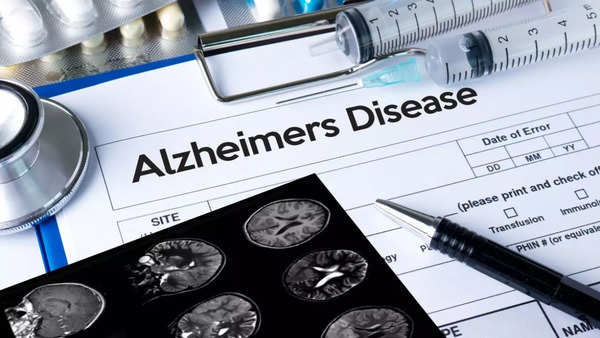Early stages of Alzheimer’s disease could be detected by the way a person breathes and the disrupted brain activityfinds a new study. Spotting the disease early can help to slow down the disease progression and result in better post-diagnosis care.
A neurodegenerative disease, Alzheimer’s causes memory loss and decline in brain function as the time goes.
Researchers from the UK and Slovenia in a new study published in Brain Communications have found out a potential new way to spot the disease – by analysing brain oxygenation and even breathing patterns.
Their findings suggest that disrupted brain-blood flow coordination and increased breathing rates could serve as early warning signs, paving the way for a simple, noninvasive, and cost-effective diagnostic method.
This groundbreaking discovery could change how Alzheimer’s is detected, offering new hope for early intervention and treatment.

The research team aimed to find out how oxygenation of the brain may be linked to neurodegenerative diseases. They compared brain oxygenation, heart rate, brain waves, and breathing effort of 19 Alzheimer’s patients with 20 without Alzheimer’s.
The differences were found in neurons linked to blood vessels and in how blood oxygen levels fluctuated as neurons fired. In case of people with Alzheimer’s the sync of blood flow and brain activity seems to be visibly disrupted.
Alzheimer’s patients had higher breathing rate
Also, Alzheimer’s patients had a higher breathing rate compared to others – around 17 breaths per minute compared to 13 breaths per minute. This could be due to a result of changes in how blood vessels in the brain connect with deeper nerve tissues to provide a generous supply of oxygen.
“This is an interesting discovery – in my opinion a revolutionary one – that may open a whole new world in the study of Alzheimer’s disease,” says biophysicist Aneta Stefanovska, from Lancaster University in the UK.

“It most likely reflects an inflammation, maybe in the brain, that once detected can probably be treated and severe states of Alzheimer’s might be prevented in the future.”
This is in line with the hypothesis that Alzheimer’s disease is triggered by a breakdown in the functioning of the brain’s vascular system, which reduces the efficiency of oxygen flow and clearance of toxic materials.
“The vascular system and the brain work together to ensure that the brain receives sufficient energy,” says neurologist Bernard Meglič, from the University of Ljubljana in Slovenia.
“In fact, the brain needs as much as 20 percent of the body’s overall energy consumption despite contributing only about 2 percent of the body’s weight.”








